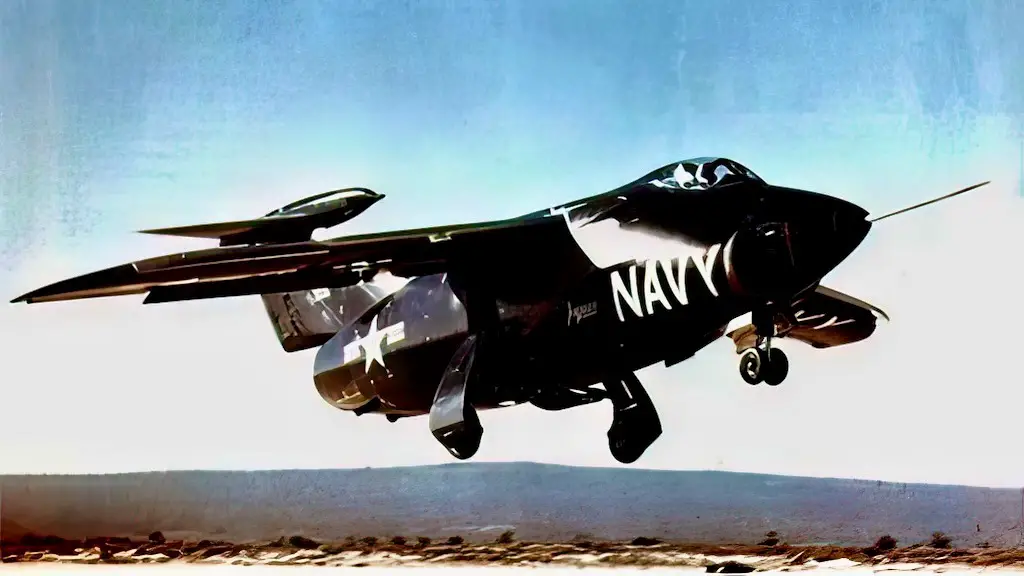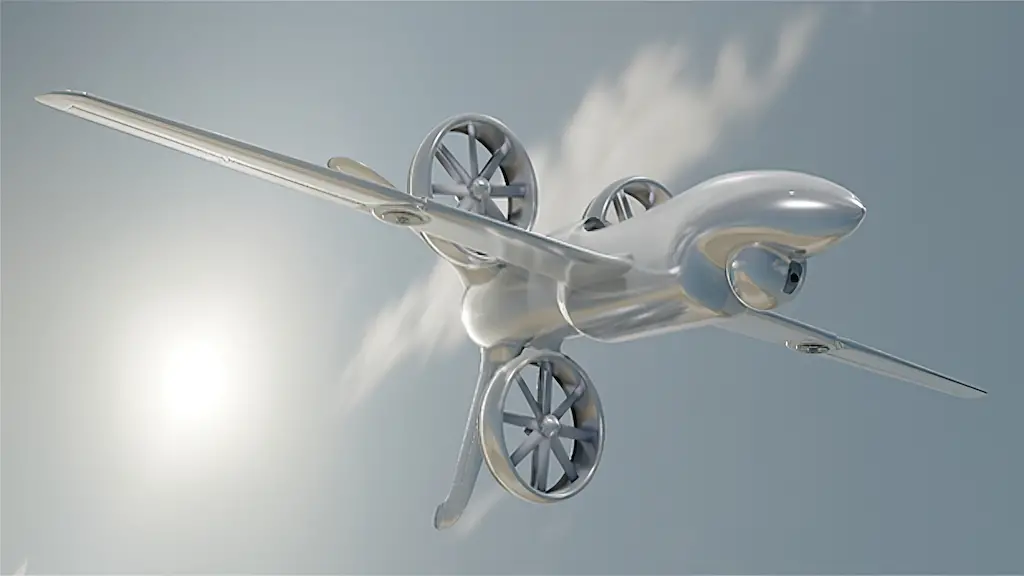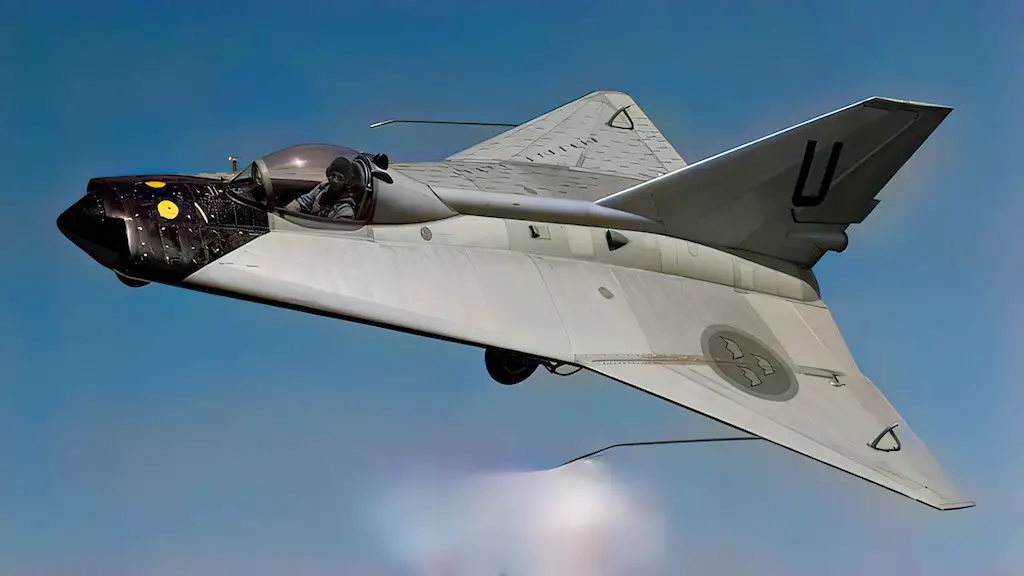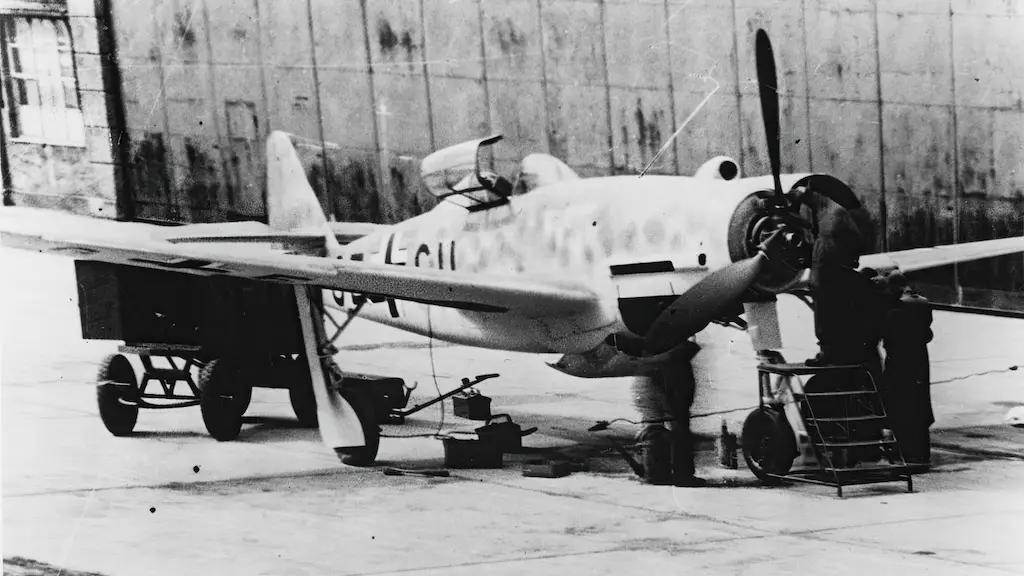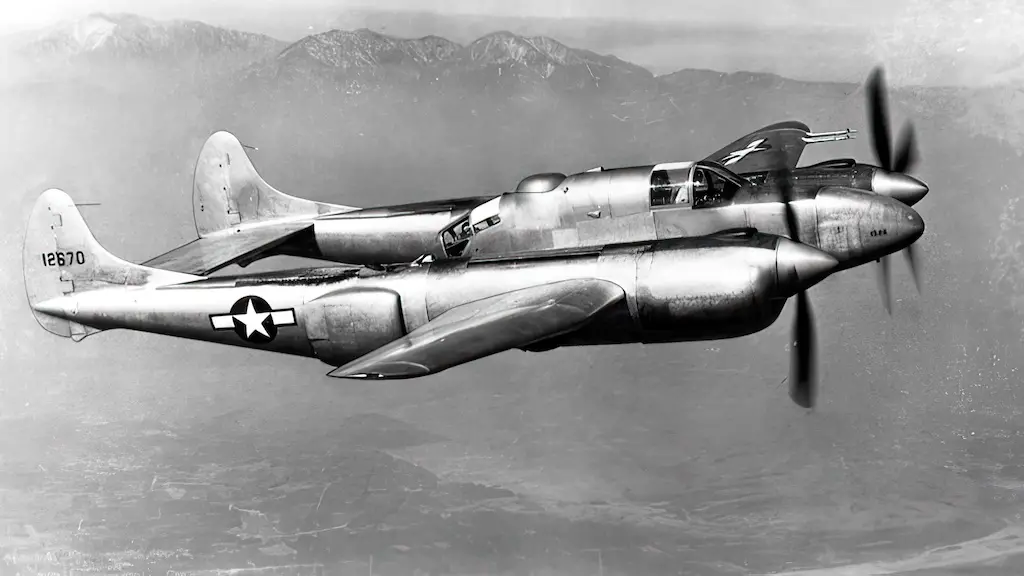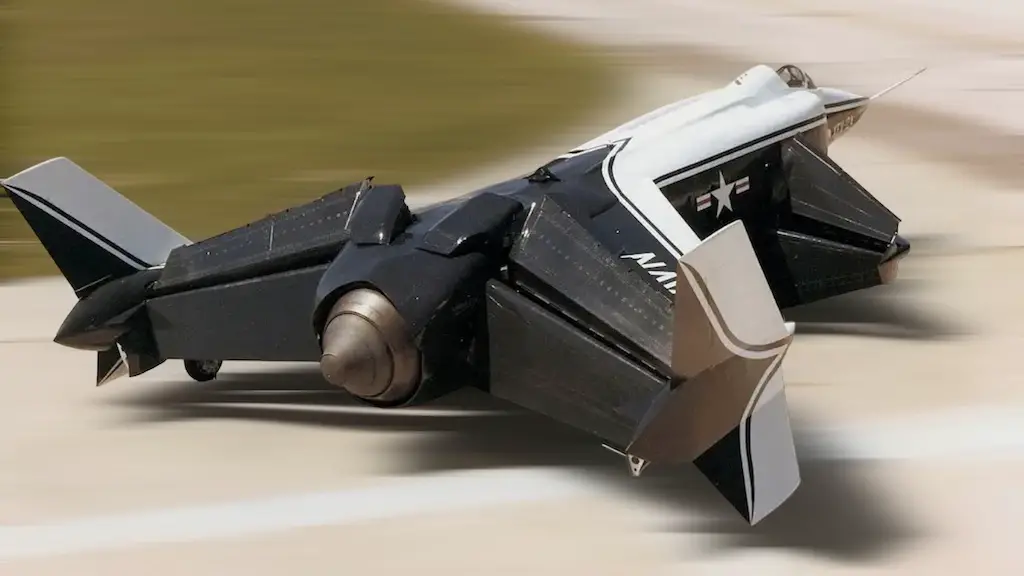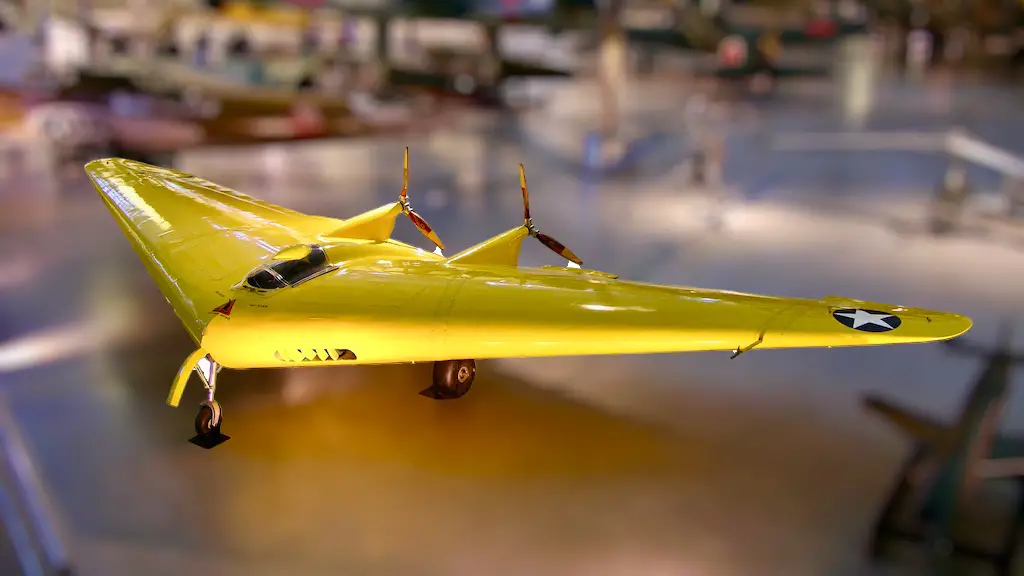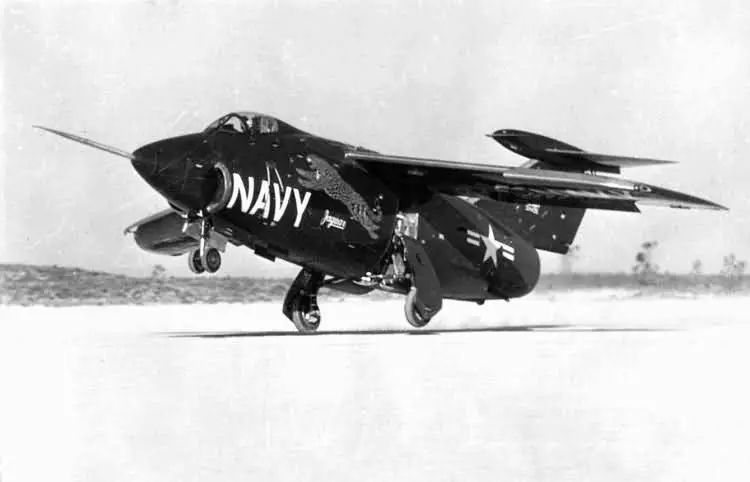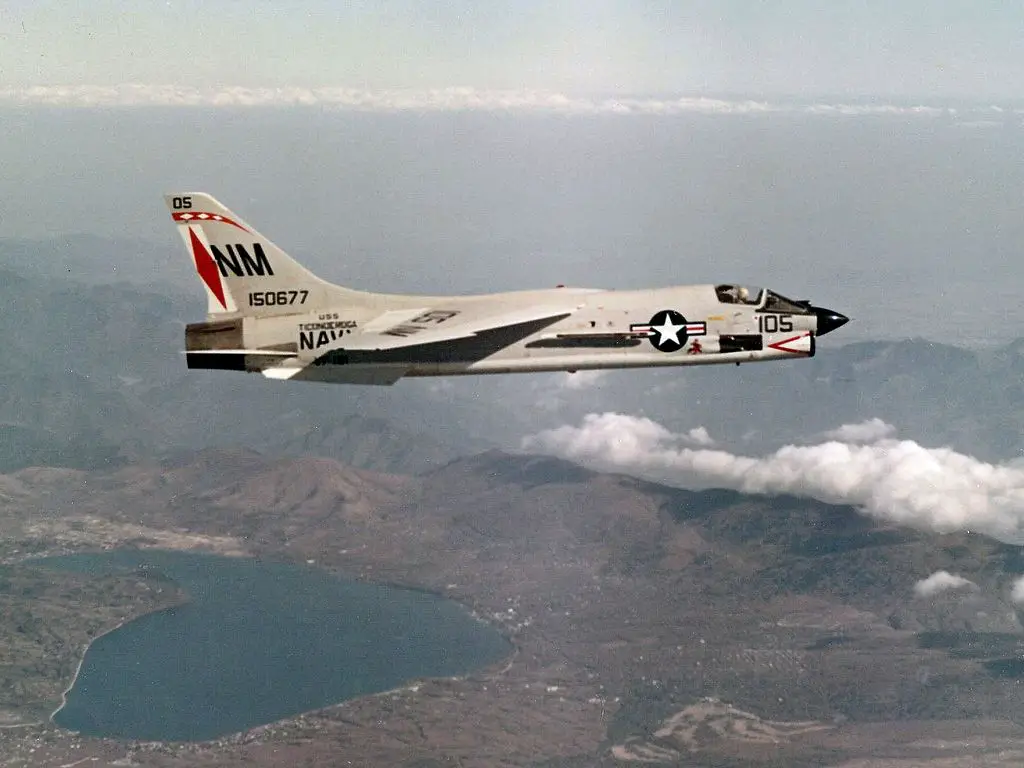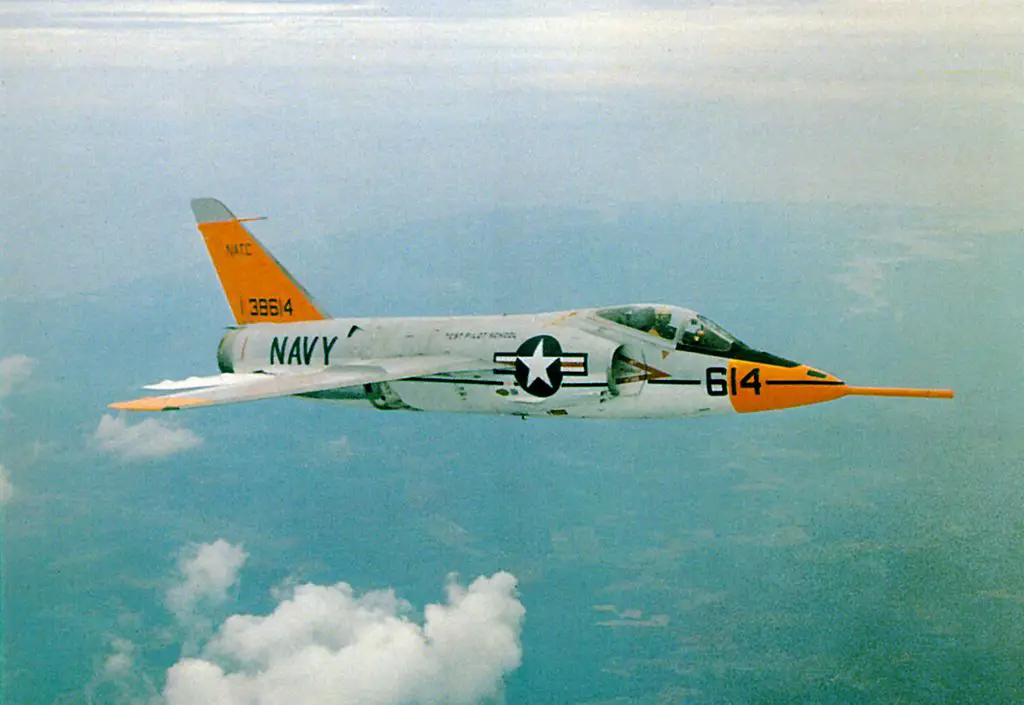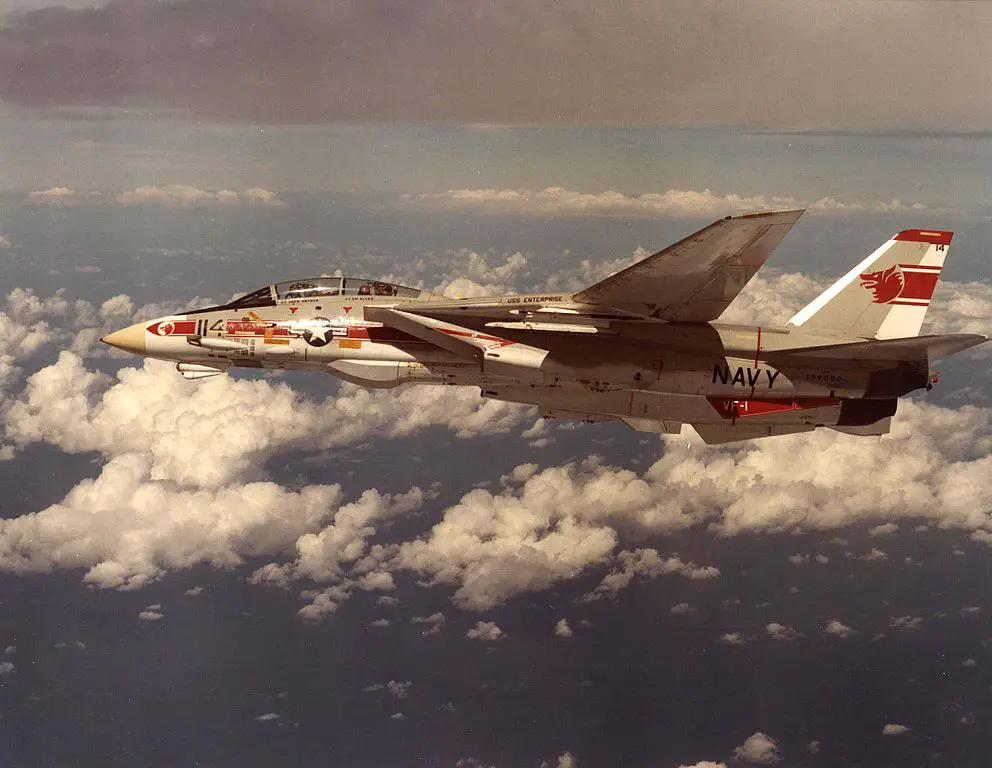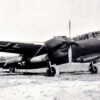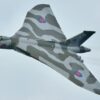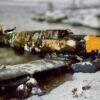The Grumman XF10F Jaguar was a fighter aircraft prototype developed in the 1950s by the Grumman Aircraft Engineering Corporation. It had wings with variable geometry, could speed up to Mach 1.32, and was equipped with four 20mm cannons. Due to performance and cost concerns, only two prototypes were constructed, and the program was canceled despite its impressive capabilities. As one of the first aircraft to investigate the potential of variable geometry wings, the XF10F Jaguar played a crucial role in aviation history.
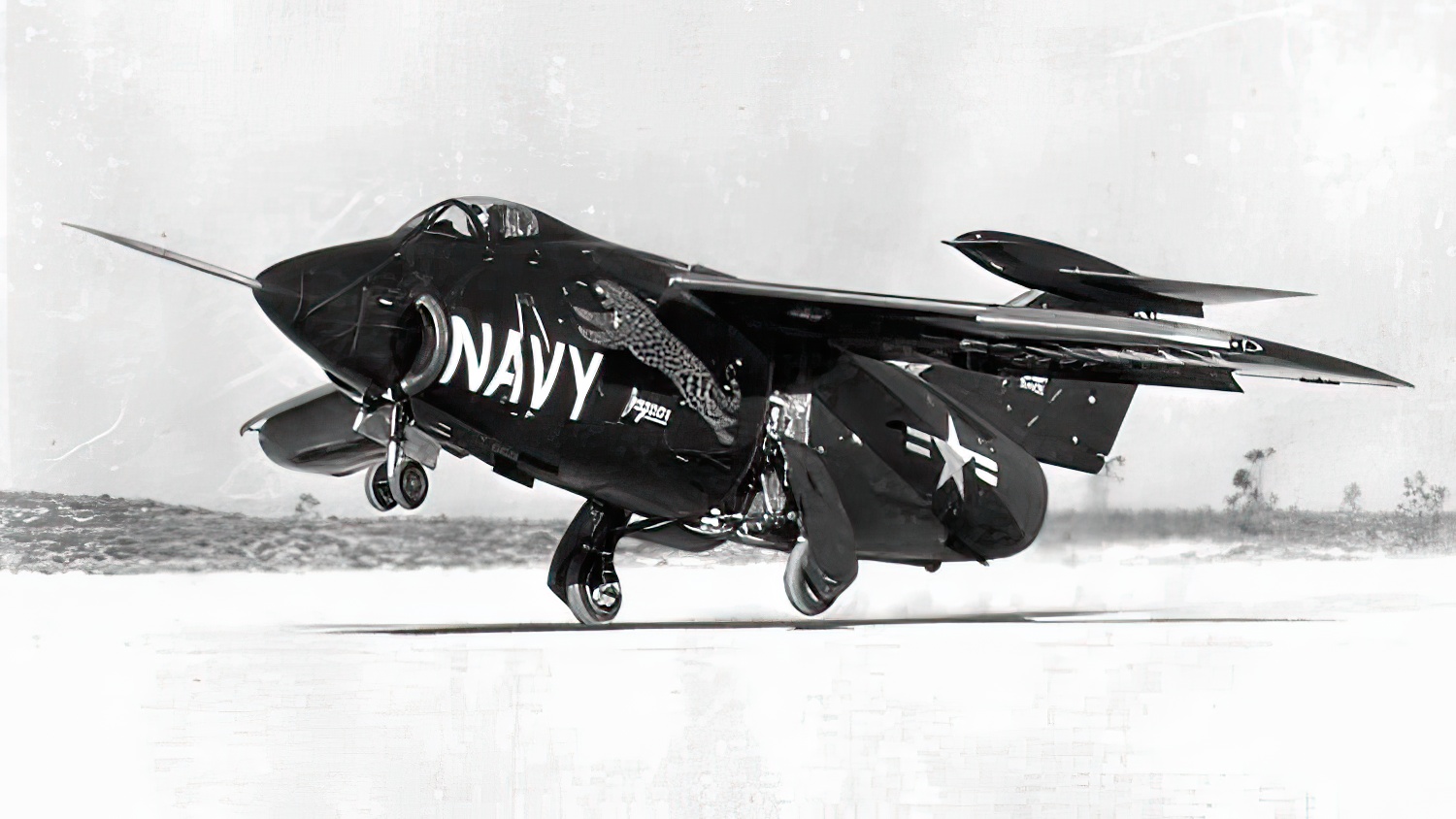
Development History
Grumman Aircraft Engineering Corporation developed the Grumman XF10F Jaguar in response to a United States Navy requirement for a supersonic fighter aircraft capable of exceeding Mach 1 in level flight. The program formally began in 1948, and the first XF10F Jaguar prototype, designated BuNo 124437, was completed in May 1952. The second prototype, BuNo 124438, was completed in August of the same year.
The XF10F Jaguar featured variable geometry wings that could be swept back for high-speed flight or extended for better low-speed performance. The aircraft came equipped with experimental afterburning turbojet engines designed to provide powerful propulsion for supersonic flight.
In addition to its advanced aerodynamics, the XF10F Jaguar also had advanced avionics, including a radar system capable of detecting targets at great distances. The aircraft was armed with four 20mm cannons and could carry up to 2,000 pounds of bombs or missiles.
Testing was going well until it wasn’t
During test flights of the XF10F prototypes, the aircraft exhibited remarkable speed and performance. The XF10F Jaguar took its maiden flight on May 19, 1952, with test pilot Robert Smythe at the controls. Despite encountering engine issues during the flight, Smythe landed the aircraft successfully. In subsequent test flights, the Jaguar exceeded the Navy’s requirement for a supersonic fighter by reaching velocities of up to Mach 1.32 in level flight.
The second prototype of the XF10F was lost in a catastrophic test flight accident in August 1953. The aircraft was piloted by test pilot Bob Randazzo when it entered an unrecoverable spin and plummeted. Randazzo perished in the disaster, and the incident cast a pall over the XF10F Jaguar program’s future.
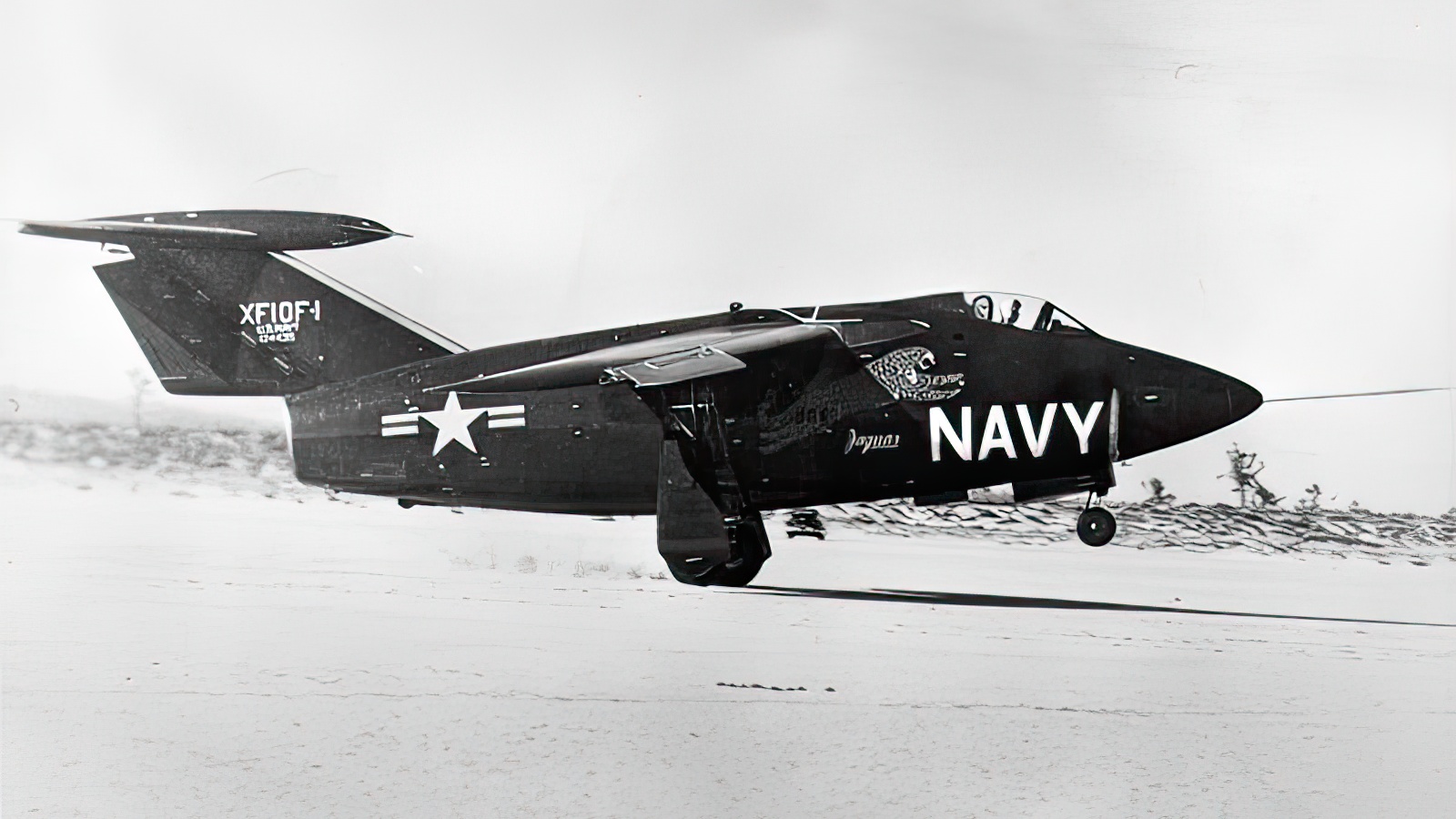
The Flameout issues
During its development, the Grumman XF10F Jaguar encountered numerous defects and technical obstacles, ultimately leading to the program’s cancellation. The aircraft’s engine design, which incorporated experimental afterburning turbojet engines, was one of the most significant issues. The flameout propensity of these engines was a significant safety concern for pilots.
In addition to engine problems, the variable geometry wings of the XF10F Jaguar caused control issues at high velocities. While the wings enhanced low-speed performance and high-speed flight, they caused instability and control issues during flight testing.
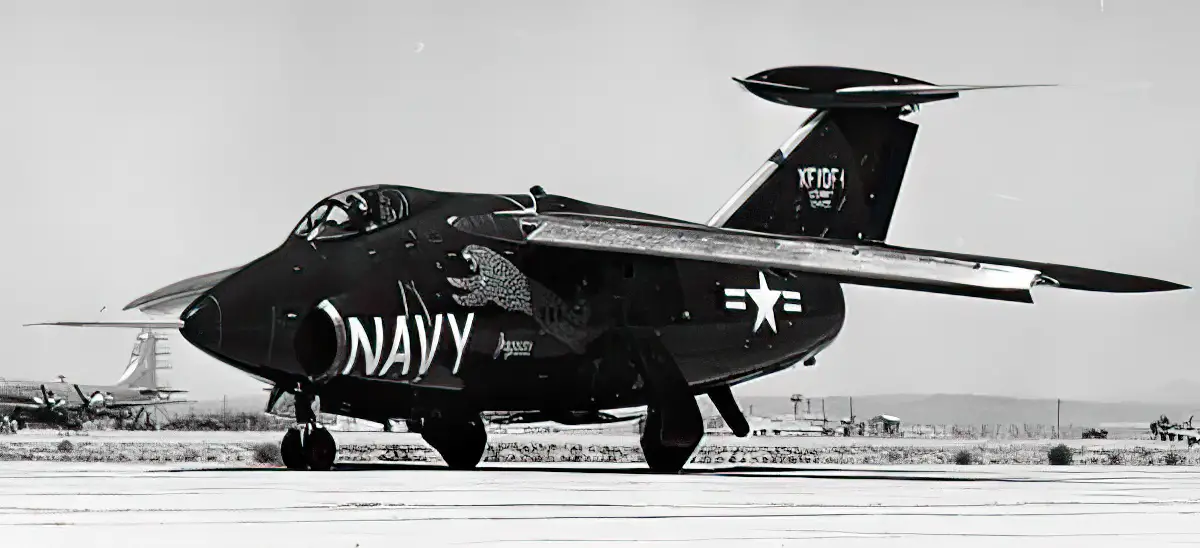
The Navy lost interest.
Delays and cost overruns in the XF10F Jaguar program contributed to the Navy losing interest in the aircraft. Midway through the 1950s, the Navy shifted its focus to more prospective and dependable supersonic fighter programs, such as the F8U Crusader, the F11F Tiger, and The Grumman XF10F Jaguar program was ultimately canceled.
Ultimately, only two XF10F Jaguar prototypes took to the skies, and neither saw active service. However, the aircraft’s variable geometry wings and sophisticated avionics represented a significant advancement in the development of supersonic fighter aircraft and paved the way for subsequent designs such as the F-14 Tomcat.

